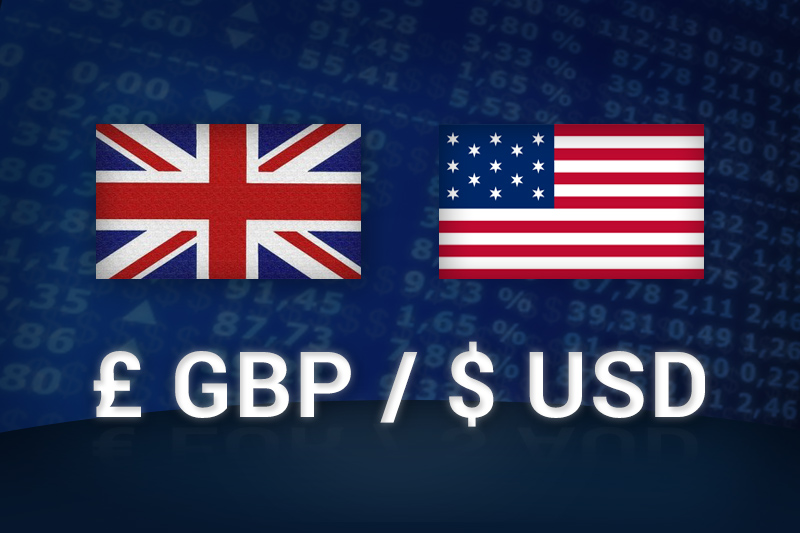Investing.com - The pound weakened against the dollar on Friday after the U.S. government reported the world's largest economy created fewer jobs in June than expected, which fueled safe-haven demand for the greenback.
In U.S. trading on Friday, GBP/USD hit 1.5476, down 0.33%, up from a session low of 1.5461 and off from a high of 1.5551.
The pair was likely to find support at 1.5461, the earlier low, and resistance at 1.5551, the earlier high.
In the U.S., the Bureau of Labor Statistics reported the economy added a net 80,000 nonfarm payrolls in June, below market forecasts for a gain of around 90,000.
April figures were revised to 68,000 from 77,000 nonfarm payrolls, while May's numbers were revised to 77,000 from 69,000.
The news sent investors selling stocks and higher-yielding currencies and racing to the dollar and also to the yen in search of safe harbor.
The pound took a hit against the greenback due to U.K. monetary policy as well.
A Bank of England decision to inject GBP50 billion into the economy via stimulus measures followed by interest rate cuts in China pressured the dollar upwards.
A European Central Bank decision to trim its benchmark interest rate 25 basis points to 0.75% fueled dollar demand as well.
Talk that the weak employment figures will prompt the Federal Reserve to stimulate the economy via quantitative easing failed to seriously hamper the dollar's gains on Friday.
Under quantitative easing, the Fed buys assets from banks, injecting the financial sector full of liquidity to push long-term interest rates down to foster investment and job creation, weakening the dollar in the process.
The next Federal Reserve monetary policy decision is not until Aug. 1, which kept dollar bears at bay on Friday.
The pound, meanwhile, was up against the euro and down against the yen, with EUR/GBP trading down 0.65% at 0.7930 and GBP/JPY down 0.70% at 123.21.
In U.S. trading on Friday, GBP/USD hit 1.5476, down 0.33%, up from a session low of 1.5461 and off from a high of 1.5551.
The pair was likely to find support at 1.5461, the earlier low, and resistance at 1.5551, the earlier high.
In the U.S., the Bureau of Labor Statistics reported the economy added a net 80,000 nonfarm payrolls in June, below market forecasts for a gain of around 90,000.
April figures were revised to 68,000 from 77,000 nonfarm payrolls, while May's numbers were revised to 77,000 from 69,000.
The news sent investors selling stocks and higher-yielding currencies and racing to the dollar and also to the yen in search of safe harbor.
The pound took a hit against the greenback due to U.K. monetary policy as well.
A Bank of England decision to inject GBP50 billion into the economy via stimulus measures followed by interest rate cuts in China pressured the dollar upwards.
A European Central Bank decision to trim its benchmark interest rate 25 basis points to 0.75% fueled dollar demand as well.
Talk that the weak employment figures will prompt the Federal Reserve to stimulate the economy via quantitative easing failed to seriously hamper the dollar's gains on Friday.
Under quantitative easing, the Fed buys assets from banks, injecting the financial sector full of liquidity to push long-term interest rates down to foster investment and job creation, weakening the dollar in the process.
The next Federal Reserve monetary policy decision is not until Aug. 1, which kept dollar bears at bay on Friday.
The pound, meanwhile, was up against the euro and down against the yen, with EUR/GBP trading down 0.65% at 0.7930 and GBP/JPY down 0.70% at 123.21.
